Buying your first surfboard is one of the biggest decisions you will make in your life.
If you walk straight into the shop totally uneducated and purchase an ex pro model (one of Egor Harris’s, a 6’0 x 18 if I remember rightly) you will add years onto your surfing progress and almost hate the process. If you’re smarter than the 15 year old me you will read the advice below (updated on 20th Nov 2024).
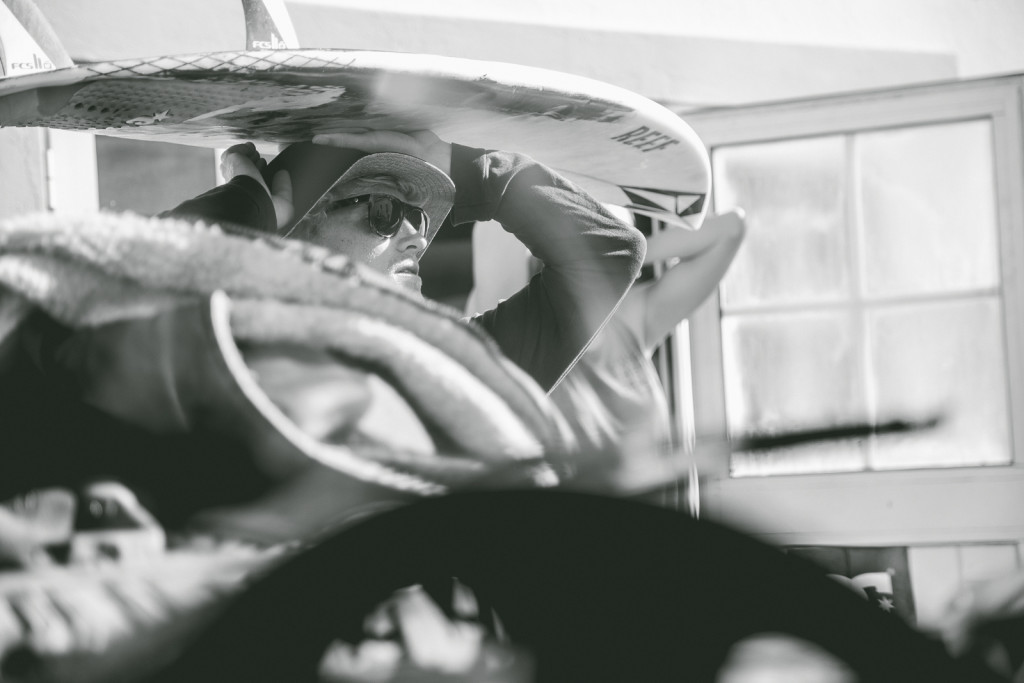
1. Get a second hand banger
Many factors contribute to buying your first surfboard such as budget, weight and how often you’ll use it, but the only thing that matters when you’re out in the water is getting as many waves as you can. It’s inevitable that as a novice surfer you’re going to bash your board about putting it in the car, carrying it down steps, stupidly leaning it upright on a windy day, but that’s fine, it adds battle scars and memories. If you start on a used board, then those dings won’t be as painful, it’ll keep your cost-to-wave ratio down and you’ll will be upgrading in no time.
2. Don’t sell yourself short
Don’t learn to surf on a shortboard or board too short for you, it will feel horrible in every way. If it’s not thick enough, long enough, wide enough or all three, you’ll probably sink it paddling, meaning you won’t catch many waves, therefore delay your progression. You may be eager to swap your thick lump for a slinky stick and if you start on a board with enough volume, you’ll be losing inches in no time.
3. Don’t be afraid of the foam
Foamies / soft tops / swellies etc are great fun for everyone. They are easy to learn on and perfect for mastering the basics. This is due to their buoyancy, which makes paddling and wave catching as easy as possible. They are also extremely forgiving and won’t poke your eye out if you get knocked in the head. An 8ft foamie should do most adults just fine, 9ft if you’re rather large, 7ft for slight females and 6ft for kids.
Foamies are now a part of a lot of pro surfers quivers due to the mega fun times they offer and the PR from brands. They are also increasingly funtional for the more advanced surfer. Check Harry Timson in the main shot getting properly barrelled in France on one and Nikita Robb out here in Sri Lanka also getting some shade.
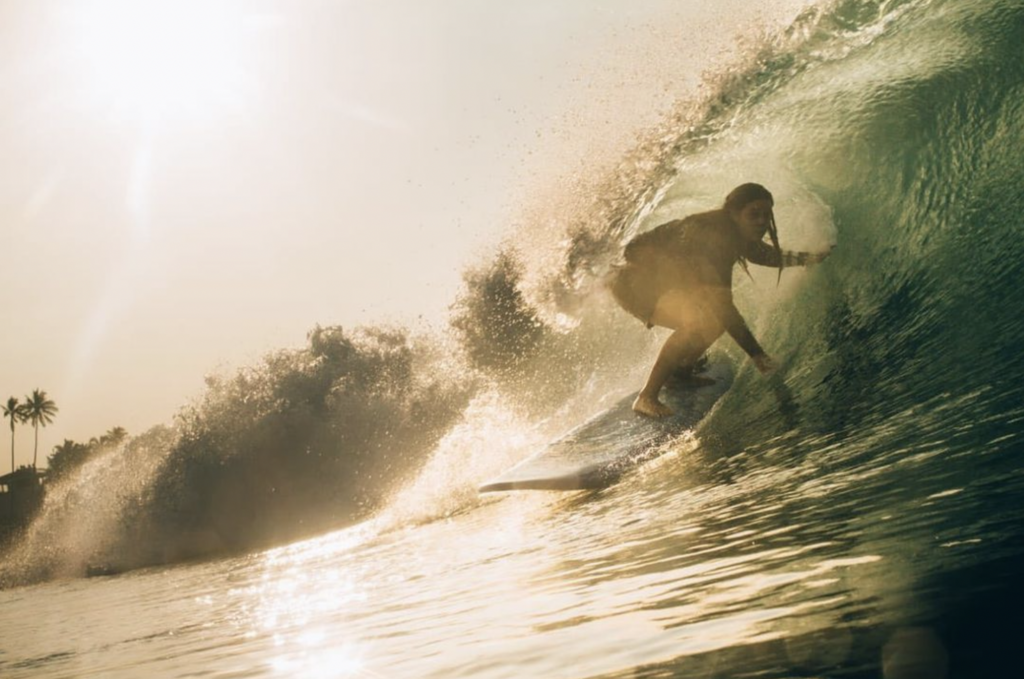 Nikita slotted on a 9ft Foamie
Nikita slotted on a 9ft Foamie
4. Maybe a Mal?
This is an updated version of an article I original wrote 8 years ago (ouch) where I suggested that you might want to get a mini mal. In a massive plot twist this style of board is now more popular than ever and they have even adopted a new name – the mid length. Whatever you want to call them the reasons for choosing this style for your first board remain the same. You’ll probably feel more proud walking down the beach with a ‘hardboard’ and hopefully will outgrow the limitations of the foamie quite quickly. Second hand mals (mid-lenghts now) hold their value, so budget £200 for an alright one, £300 for something really nice around £300+ for a decent second hand one. If you want something to last a while, go against what I suggested at the start and get a custom board that’s perfect for you. Another article on that here. Watershed in Newquay do beautiful customs as do Quiver surfboards You will feel like a surfing superstar strolling down the beach with that baby (as long as your fins are facing the right way and your wetsuit isn’t back to front). Here’s a clip of me on a Quiver Surfboards 6’6 (my third one from them) in Bali, way before they were cool.
5. It’s a keeper
It’s highly likely that your beginner board will become your small wave board as you progress, so get something that you like and puts a smile on your face.
Also remember, surfing is all about fun so if you’re loving that foamie and don’t even want to take it to that next step don’t. Just enjoy the ride. There’s a guy here in Newquay who My best mate surfs a foamie every time now and is a competent surfer. I saw him getting the best waves on the swell of the year at Fistral last week with a MASSIVE smile on his face. pulling into some absolute bombs at low tide Polzy last time I was in the UK and he had a wave count of double everyone else. I also use my ‘mini mal’ way more often than I should, but I can’t help but feel the stoke every time.
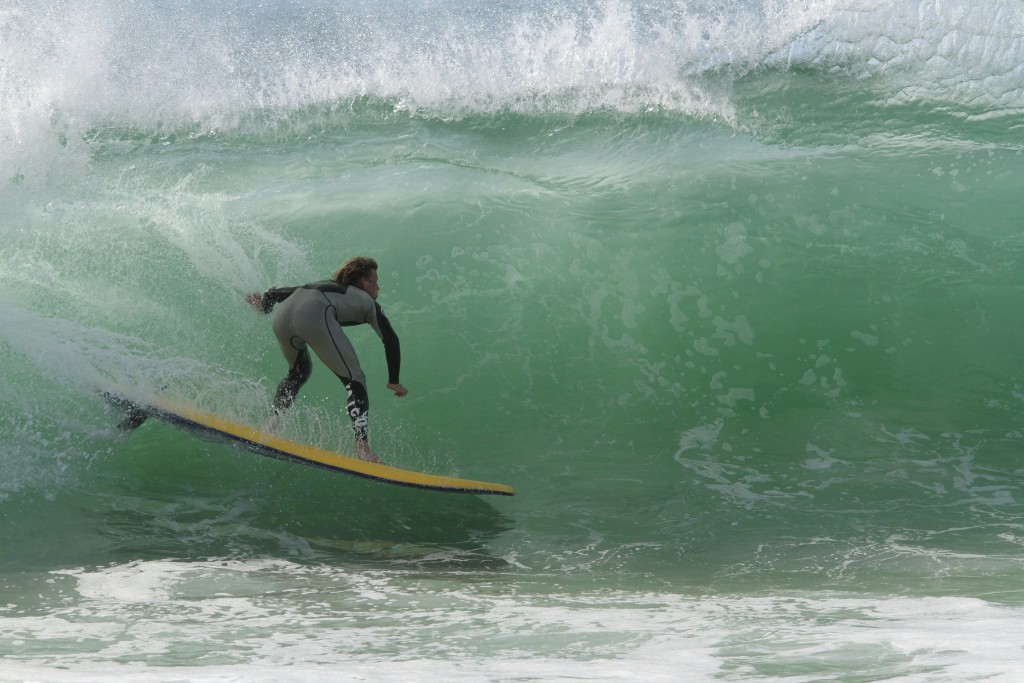
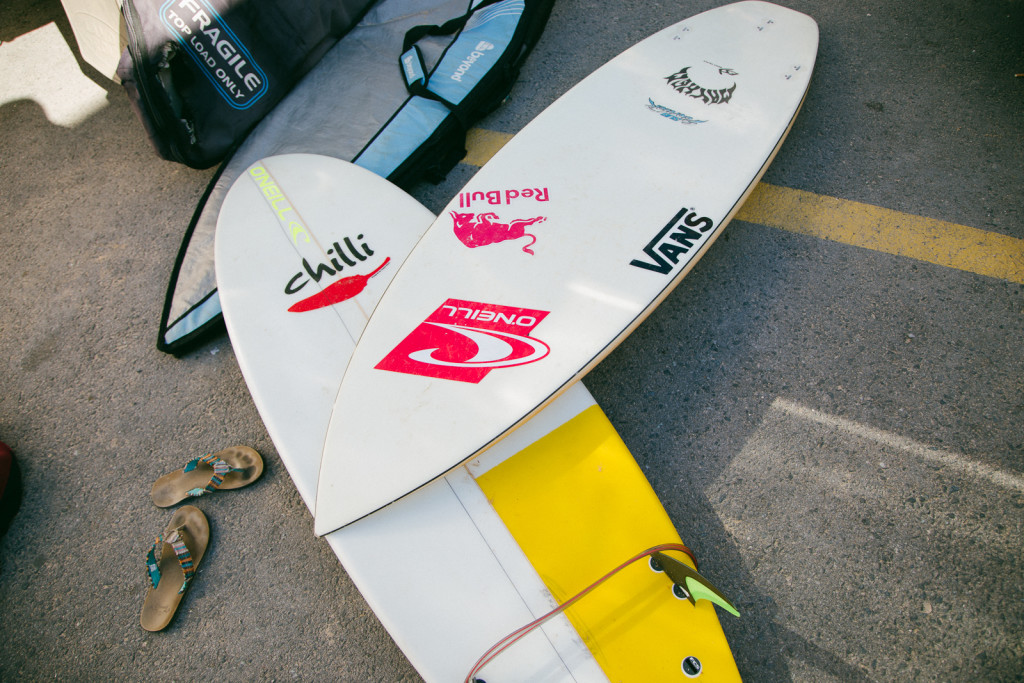
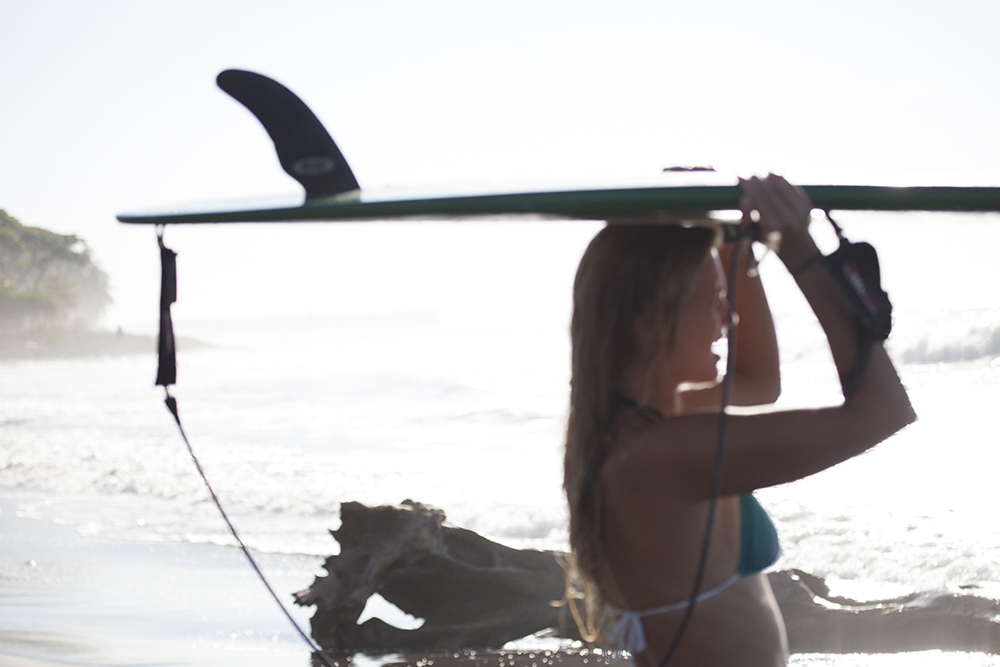
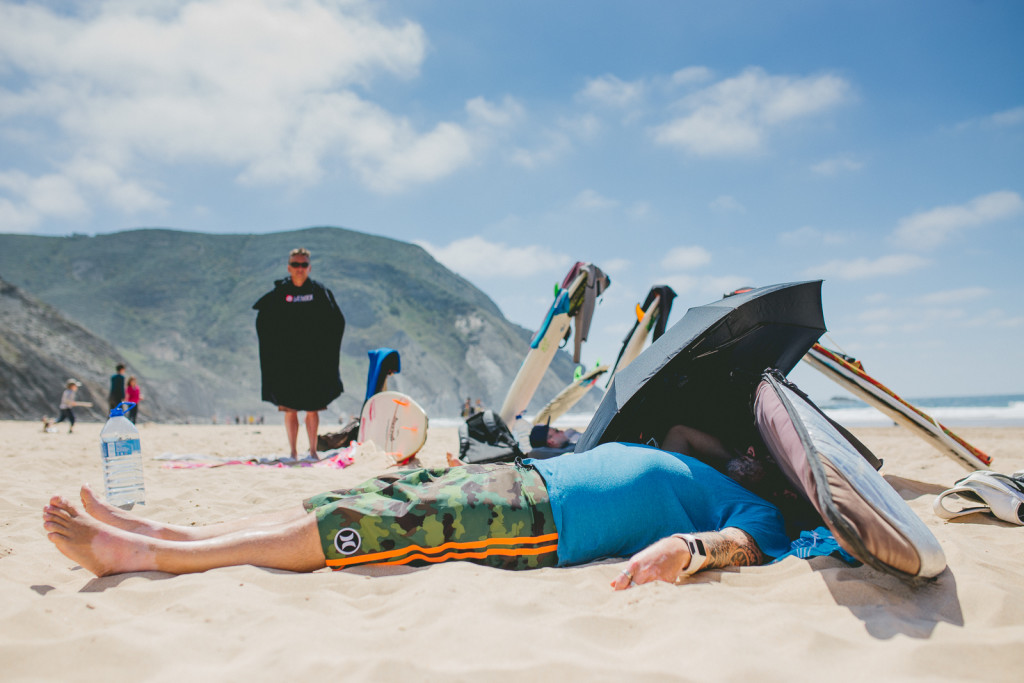
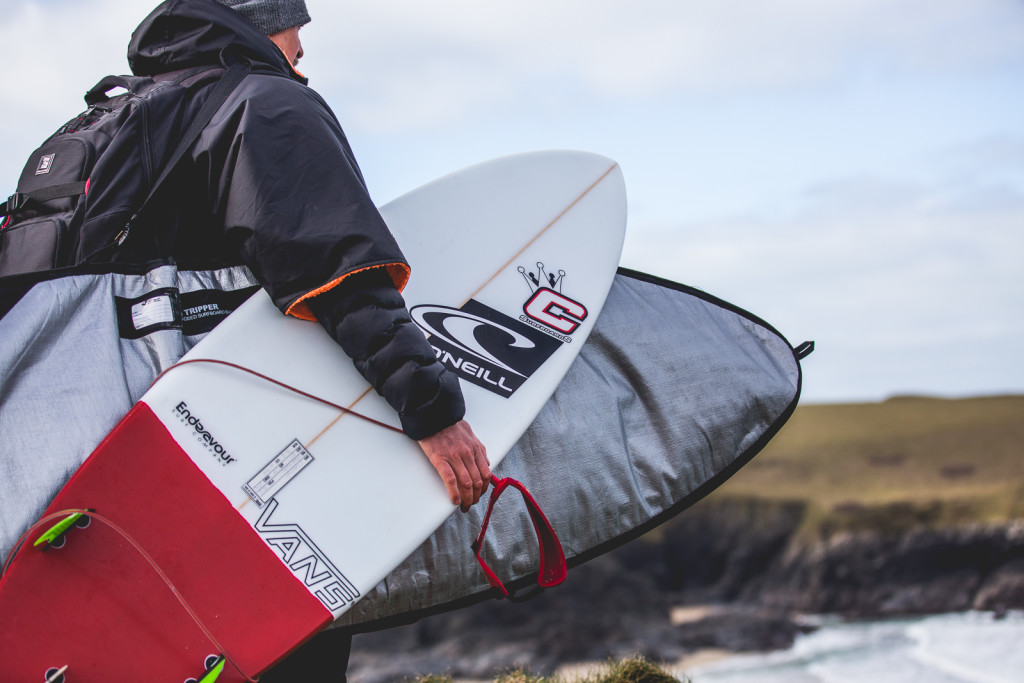

If you want to get yourself a brand new board for half the price of pretty much anywhere else on the planet, join us in South Africa in January